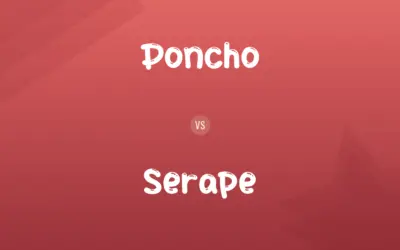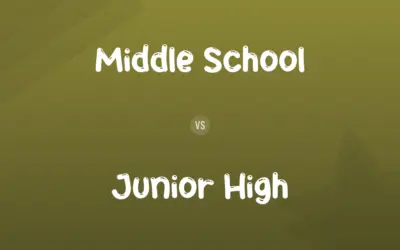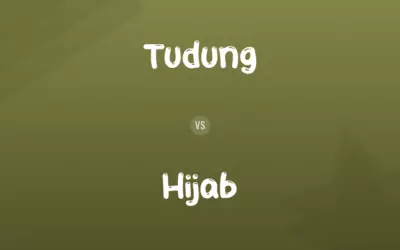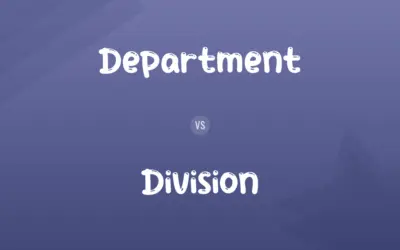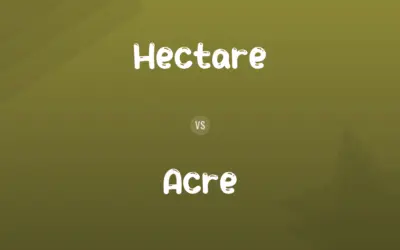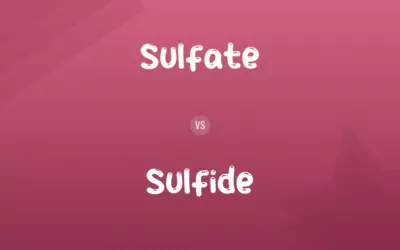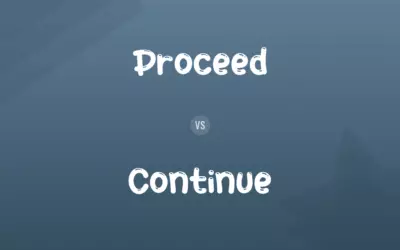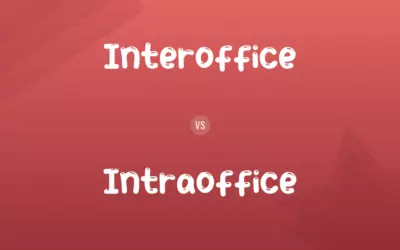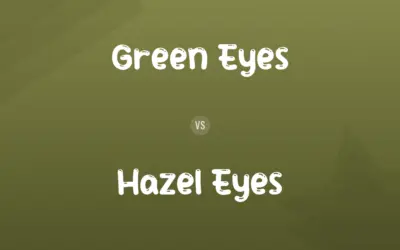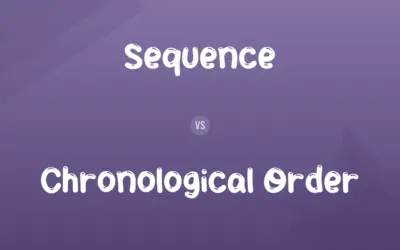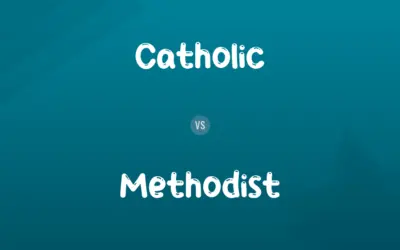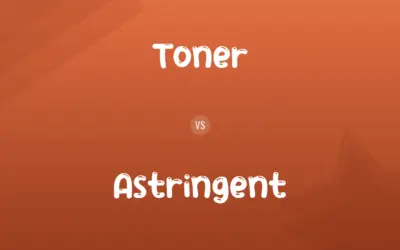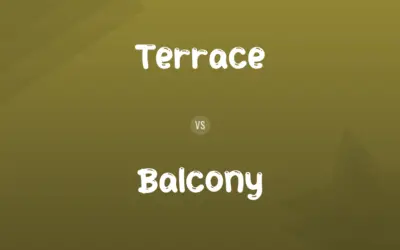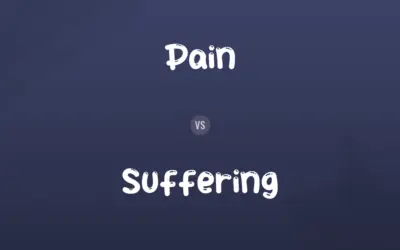Goblin vs. Troll: Difference and Comparison
By Muazma Batool & Muneeza Rehman — Published on March 24, 2024
Goblins are often depicted as small, cunning creatures in folklore, while trolls are larger, depicted as strong but slow, both embodying mischief and antagonism in various myths.

Difference Between Goblin and Troll
Goblins are frequently portrayed as small, mischievous beings in folklore and fantasy literature, characterized by their cunning nature and often malevolent intentions towards humans. They are typically associated with causing minor harm or mischief, such as stealing or playing pranks. In contrast, trolls are imagined as much larger than goblins, often depicted as giant-like creatures with formidable strength but limited intelligence. Trolls are known for their brute force and are often found in stories living under bridges or in caves, demanding tolls from travelers or threatening those who venture into their domain.
Muazma Batool
Mar 24, 2024
The origins of goblins and trolls vary, with goblins appearing in European folklore as early as the Middle Ages, embodying the fears and superstitions of those times. Trolls, on the other hand, have their roots in Norse mythology and Scandinavian folklore, where they played a significant role in myths, representing the dangers lurking in the wilderness. This cultural background shapes the distinct characteristics and stories associated with each creature.
Muazma Batool
Mar 24, 2024
In terms of their role in modern media and literature, goblins often appear as antagonists or troublesome characters in fantasy settings, serving as obstacles for heroes. They are frequently shown as crafty, capable of creating complex devices or traps. Trolls continue to embody the archetype of physical might, often used in stories to showcase the strength and courage of protagonists who must outwit or defeat them.
Muazma Batool
Mar 24, 2024
Despite their differences, both goblins and trolls serve as symbols of the unknown and the adversarial forces that characters must overcome in storytelling. They embody the human fascination with the monstrous and the otherworldly, playing crucial roles in the narrative structure of fairy tales, fantasy novels, and folklore. Their enduring presence in cultural narratives underscores the universal appeal of mythical creatures in exploring the themes of fear, bravery, and the triumph over adversity.
Muazma Batool
Mar 24, 2024
Goblin vs. Troll Comparison Chart
Habitat
Varied, often near human settlements
Remote areas, under bridges, caves
Muazma Batool
Mar 24, 2024
Goblin vs. Troll Definitions
◉Goblin
Small, mischievous mythical creatures known for their cunning behavior.
The goblin stole the traveler's belongings in the night.
Henry
Feb 21, 2024
◉Troll
Lives in remote or secluded areas, away from human settlements.
The old cave was said to be the home of a fearsome troll.
Levi
Feb 21, 2024
◉Goblin
Often depicted as causing harm or playing pranks on humans.
The village blamed the missing livestock on goblins.
Levi
Feb 21, 2024
◉Troll
Large, strong mythical beings with a reputation for being slow-witted.
The troll blocked the bridge, demanding a toll from travelers.
Muazma Batool
Feb 21, 2024
◉Goblin
Associated with European folklore and medieval superstitions.
Medieval stories often warned of goblins lurking in the woods.
William
Feb 21, 2024
◉Troll
Originates from Norse mythology and Scandinavian folklore.
Norse legends tell of trolls terrorizing the northern lands.
Leo
Feb 21, 2024
◉Goblin
Appears in modern fantasy as antagonists or complex characters.
In the novel, the goblins crafted devious traps for the heroes.
Jonathan
Feb 21, 2024
◉Troll
Often used in stories to test the strength and wit of protagonists.
The hero outsmarted the troll, crossing the bridge safely.
Muazma Batool
Feb 21, 2024
◉Goblin
Symbolizes human fears of the unknown and malevolent.
Goblins in folklore represent the dark, unseen forces of the world.
William
Feb 21, 2024
◉Troll
Represents the dangers and challenges of the natural world.
Trolls in mythology embody the perils lurking in the wilderness.
Muazma Batool
Feb 21, 2024
◉Goblin
A grotesque elfin creature of folklore, thought to work mischief or evil.
Muazma Batool
Feb 20, 2024
◉Troll
To fish for by trailing a baited line from behind a slowly moving boat.
Muazma Batool
Feb 20, 2024
◉Goblin
One of various hostile supernatural creatures, now especially (fantasy literature) a malevolent and grotesque diminutive humanoid, often associated with orcs or trolls.
Muazma Batool
Feb 20, 2024
◉Goblin
An evil or mischievous spirit; a playful or malicious elf; a frightful phantom; a gnome.
To whom the goblin, full of wrath, replied.
Muazma Batool
Feb 20, 2024
◉Goblin
(folklore) a small grotesque supernatural creature that makes trouble for human beings
Muazma Batool
Feb 20, 2024
Goblin vs. Troll Frequently Asked Questions
Why are trolls often associated with bridges?
This association comes from the Norse and Scandinavian folklore, where trolls were said to live under bridges and demand tolls from travelers.
Elijah
Mar 24, 2024
What distinguishes a goblin from a troll?
Goblins are typically small, cunning, and mischievous, while trolls are larger, stronger, but considered less intelligent.
Muazma Batool
Mar 24, 2024
Are there any famous stories featuring goblins or trolls?
Yes, "The Hobbit" by J.R.R. Tolkien features both goblins and trolls as formidable obstacles for the protagonists.
Olivia
Mar 24, 2024
What is the historical significance of goblins and trolls in folklore?
They represent societal fears and moral lessons, cautioning against wandering into unknown territories or dealing with strangers.
Kaitlyn
Mar 24, 2024
Are trolls always depicted as evil?
Not always; while traditionally seen as antagonistic, some modern interpretations depict trolls in a more neutral or even positive light.
Muazma Batool
Mar 24, 2024
Can goblins and trolls be found in the same folklore?
While they originate from different cultural backgrounds, modern fantasy often merges these mythologies, featuring both creatures.
Muazma Batool
Mar 24, 2024
Do goblins have any special abilities?
Folklore and fantasy literature sometimes attribute various magical abilities to goblins, such as invisibility or shape-shifting.
Elijah
Mar 24, 2024
How are goblins and trolls adapted in modern media?
They are versatile characters in fantasy literature, films, and video games, serving roles from villains to comic relief.
Elijah
Mar 24, 2024
Can goblins and trolls be considered symbols of natural forces?
Yes, in folklore, they often symbolize the unpredictable and sometimes dangerous aspects of the natural world.
Leo
Mar 24, 2024
How do the habitats of goblins and trolls reflect their nature?
Goblins' proximity to human settlements reflects their interaction with human affairs, while trolls' remote habitats signify their wild and untamed nature.
Kaitlyn
Mar 24, 2024
Content Creators
Written by
Muazma BatoolAs a content editor, Muazma Batool is not just a grammar guru but a creative mastermind who breathes life into every word. With an eagle eye for detail and a passion for storytelling, she transforms bland text into engaging content that captivates audiences and drives results.
Co-written by
Muneeza RehmanAt Comparisons.wiki, Muneeza skillfully navigates the vast sea of information, ensuring clarity and accuracy as the lead content editor. With a keen eye for detail, she curates every comparison to enlighten and engage readers.

